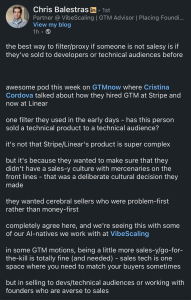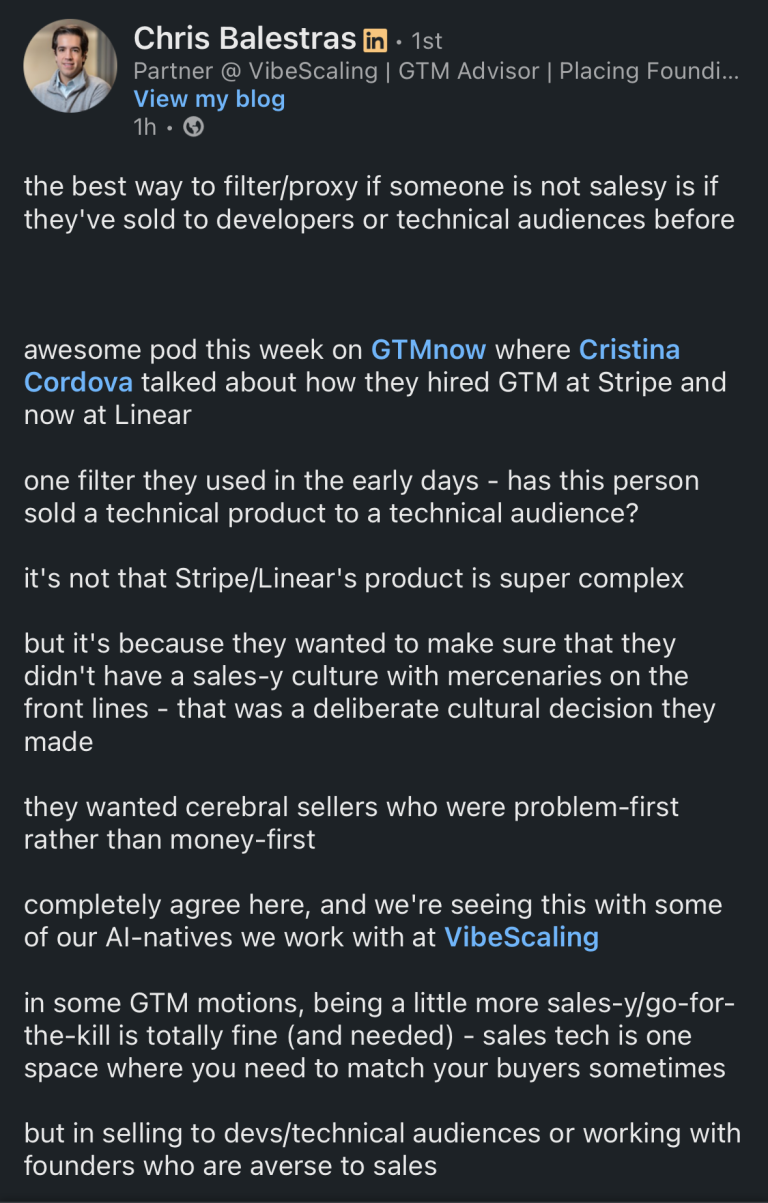
The AI decisioning revolution is as significant as the shift from mass email to real-time personalization. Yet too few marketers can actually take advantage.
Most of us already have multiple tools in our martech stack with AI capabilities — models that can ingest trillions of signals on behavior, preferences and context to surface the next best action in milliseconds. But poor data quality, weak integration and limited CDP optimization have many of us paralyzed, struggling to see opportunity in a landscape that changes by the minute.
For example, two of my clients are constrained by static rules, low-quality data and under-resourced CDP management. The result: they are using automation, not true AI, while executives expect AI-level results and wonder if we’re keeping up with change. That makes for tricky conversations.
It’s time to stop the FOMO and lay the proper groundwork: clear goals, accurate data, transparent governance and a focus on a few near-term opportunities to build the foundation for future gains. Start by identifying one current automation and reimagining how it could operate with AI decisioning tools already in your systems.
How AI decisioning can work under modest budgets
AI decisioning is a self-optimizing system that moves beyond fixed rules to create dynamic, hyper-personalized customer experiences at scale — unlocking outcomes impossible with traditional automation.
Where automation personalizes based on preset rules, AI decisioning recommends the best content, channel and timing by learning from a continuous feedback loop of customer behavior. Most CDPs, marketing automation tools and optimization engines already have some form of AI decisioning built in.
You can start small by testing your second-best or even worst-performing automation. Set up a new hypothesis, work with your vendor to get testing underway. Several vendors tell me they are eager for case studies — see if you can structure results-sharing to help offset the initial investment.
Dig deeper: How AI can combat the ‘paradox of choice’ and improve customer outcomes
At the same time, don’t mistake advanced automation for AI decisioning. A vendor may claim their tool uses AI, but often it’s just a more sophisticated version of rules-based automation with a slicker interface. For example, a tool that automatically segments a list isn’t AI-driven if the marketer still chooses the next action for that segment.
That’s the tricky part: auditing your stack for real opportunities. When you work with vendors, ask direct questions and push past the buzzwords.
- Does the system make decisions on its own?
- How does it learn and improve over time?
- Does learning require manual intervention?
Human understanding of the customer is still important
AI decisioning is not a replacement for marketers. It’s a partner that elevates strategy with real-time, hyper-relevant decisions at scale. The marketer’s brain and customer understanding remain essential — bringing perspective from product and sales and course-correcting when AI surfaces a significant sub-audience or when this month’s trend overtakes last month’s message.
Humans are better at interpreting the nuances of behavior than machines, so put ingenuity and creativity to work getting closer to the why behind the journey.
Dig deeper: The secret to smarter, faster marketing decisions with AI
Much of our automation is built on rigid if-then logic. A rule like “If a customer browses shoes, show them a shoe ad” might work for part of the audience, but it doesn’t explain intent — gift, specific event or something else — or what they might buy next. An automation that works today can keep a program afloat, but consumers will move past our rules if we can’t explain why it works.
Machine learning models can ingest and analyze a vast range of signals — from clickstream data and purchase history to weather, location and social sentiment. That helps us keep up with the why as well as the where. An AI-driven next best action goes beyond a single recommendation to select:
- The right content.
- The right channel (email, SMS, push, in-app).
- The right moment to engage.
Static rules versus dynamic, learned models
At its core, marketing automation is a system for executing a predefined set of instructions. It’s a highly efficient digital assembly line that runs on the logic you, the marketer, have explicitly programmed. For example:
- If a user downloads the “AI in Marketing” whitepaper, then send a follow-up email.
- If a customer hasn’t opened an email in 90 days, then move them to a re-engagement list.
Automation is predictable, reliable and excellent for scaling repetitive tasks. It saves time and ensures consistency in customer journeys. But there are downsides.
- It’s bound by the rules you set.
- It cannot adapt to new or unforeseen behaviors.
- It can’t make nuanced, real-time decisions outside its fixed logic.
How often do we look at results and think, “I wish I had time to update those lagging automations. If only I knew why they were falling behind.”
That is where AI decisioning can help — especially when paired with your team’s industry expertise, customer understanding and experience.
Unlike automation, AI decisioning learns from data to make the best possible decision for a customer in real time. One vendor explained their system could weigh:
- Past purchases and browsing history.
- Real-time context such as location, device or time of day.
- Propensity to respond to different channels (push, email, SMS, in-app).
- The likelihood of churn.
- Live inventory and pricing data.
Dig deeper: Laying the groundwork for smarter, AI-driven marketing
The rub is that AI decisioning needs a lot of high-quality data — integrated, accurate and current, which is where many marketers get stuck. Few feel confident they have a clean, unified dataset, even with a reliable CDP. And the most sophisticated model in the world is useless if it’s fed bad data.
That’s why data readiness has to come first. In his Growth Unhinged newsletter, Kyle Polar noted that GTM engineer is the hot new job for 2026, and he’s right. Whether you call that role DataOps, revenue engineer or outsource it to your agency, the central challenge is the same: getting customer data in shape.
That means:
- Unifying data from silos, often through a CDP.
- Standardizing and cleansing on a regular schedule.
- Ensuring real-time ingestion since recent intent is the strongest signal.
- Implementing robust governance and privacy, including audit trails.
- Enriching with trusted third-party data for more accurate predictions.
It’s messy, unglamorous back-end work — the kind executives rarely want to hear about — but it stands between marketers and the full promise of AI decisioning.
A new role for the marketing professional
In theory, AI decisioning liberates marketers from manual, rules-based tasks and frees them to focus on customer mindset, product-market fit and aligning strategy to business goals. The marketers who lay the proper foundation today will lead the next wave of hyper-personalized, ultra-effective campaigns.
What are you doing now to move toward this state of play in your marketing operation? What stumbling blocks are in your way? And how are you pivoting to apply AI decisioning opportunities to your own go-to-market approach?
The post How AI decisioning will change your marketing appeared first on MarTech.





















